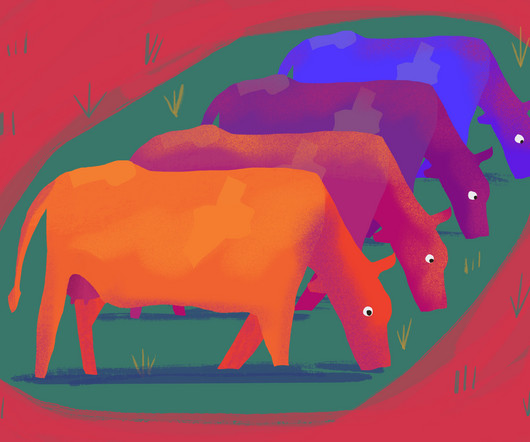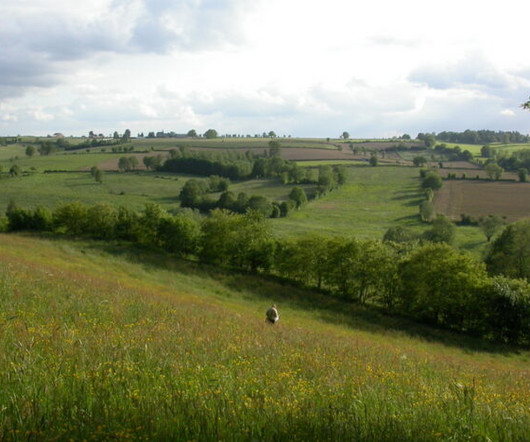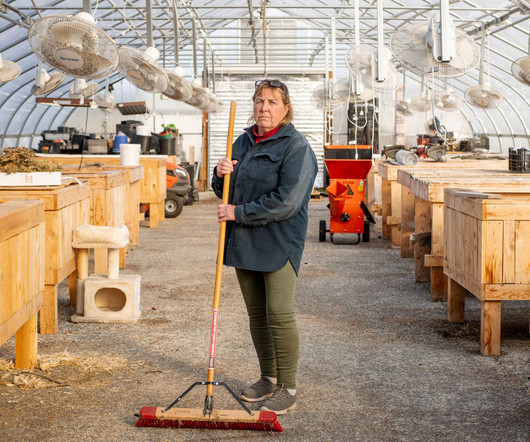When Not Farming is the Best Use of Land
Modern Farmer
JANUARY 19, 2024
Not all farmland is created equal,” says Jesse Womack, a conservation policy specialist with the National Sustainable Agriculture Coalition (NSAC). In return, they are paid a yearly rental rate per acre of land enrolled in CRP programs. In 2023, he USDA Farm Service Agency made more than $1.77
















Let's personalize your content